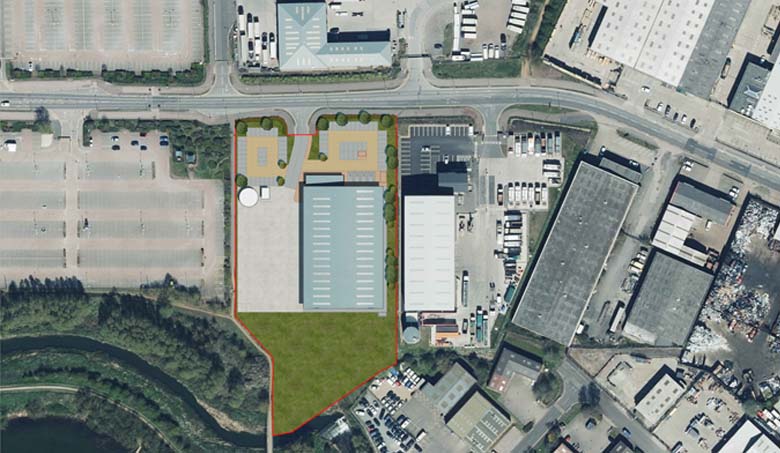Project Details

Understanding Load-Bearing Walls: A Guide for Homeowners
One of the most fundamental yet misunderstood aspects of residential architecture is the role of load-bearing walls. In London's historic housing stock - particularly Victorian and Georgian properties - correctly identifying these structural elements is crucial for any renovation project. As British architects with decades of experience modifying period homes, we often encounter clients who underestimate the importance of this architectural feature.
A load-bearing wall serves a simple but essential purpose: it transfers the weight of the structure above (including floors, roofs, and upper storeys) down to the foundation. Unlike partition walls which simply divide space, these structural elements form part of the building's essential framework. In traditional British construction, they're typically located:
• Along property boundaries
• At the building's perimeter
• Between front and rear rooms
• Directly above/below one another through multiple storeys
How to Identify Load-Bearing Walls
While only a structural engineer can provide definitive answers, homeowners can look for these common indicators:
1. Position in the Building
External walls are almost always load-bearing, particularly in terraced houses where they support neighbouring properties. Internal walls positioned centrally or running parallel to the roof ridge often carry weight.
2. Construction Clues
Look for: thick brickwork (typically 22cm or more), solid lintels above doors/windows (rather than lightweight metal), and staircase placements that avoid cutting through certain walls. In period properties, walls built with headers (bricks turned end-on) facing the room often indicate load-bearing construction.
3. Historical Context
Properties built before 1960s typically have more substantial load-bearing elements. Our experience shows that Victorian terraces often feature load-bearing party walls (shared with neighbours) that require particular care during modification.
Modifying Load-Bearing Walls: What You Need to Know
Removing or altering a load-bearing wall requires professional intervention. The standard solution involves:
1. Temporary Support
Before any work begins, scaffolding and Acrow props (steel supports) are installed to hold up the structure above. This temporary system protects both workers and the property during modifications.
2. Structural Replacement
Options typically include:
• Steel beams (I-beams or RSJs) - most common in period property modifications
• Engineered timber solutions - preferred for their aesthetic compatibility with traditional homes
• Concrete lintels - generally used for smaller openings
3. Professional Oversight
All modifications require building regulations approval and should be designed by a structural engineer. Our London-based practice always coordinates closely with engineers to ensure solutions are both technically sound and architecturally sympathetic.
Why This Matters for Homeowners
Understanding load-bearing principles helps prevent costly mistakes and ensures safe modifications. We've encountered numerous cases where DIY attempts or uninformed contractors have compromised structural integrity - particularly in London's tightly packed terraces where load paths are complex. Remember:
• Never remove a wall without professional assessment
• Even non-load-bearing walls may conceal services or affect room acoustics
• Modern open-plan layouts require careful structural consideration
• Solutions exist that maintain both safety and aesthetic appeal
Our approach combines technical expertise with architectural sensitivity - ensuring structural modifications enhance rather than detract from your home's character. Whether you're planning a kitchen extension or loft conversion, understanding these fundamentals helps create spaces that are both beautiful and structurally sound.
-
Date
22 April, 2025
-
Client
Stonewell Design & Build
-
Website
www.stonewelldesignbuild.com
-
Location
UK
-
Value
$11,367
